
Ever stood in a store, staring at a $30 Yankee Candle, wondering if it’s worth it? I’ve been there too. The price tag can be shocking, especially when cheaper options sit right beside them.
Yankee Candles are expensive primarily because they use high-quality ingredients, including premium paraffin wax and concentrated fragrance oils. Their longer burn times (up to 150 hours for large jars), strong scent throw, and established brand reputation also contribute to their premium pricing.
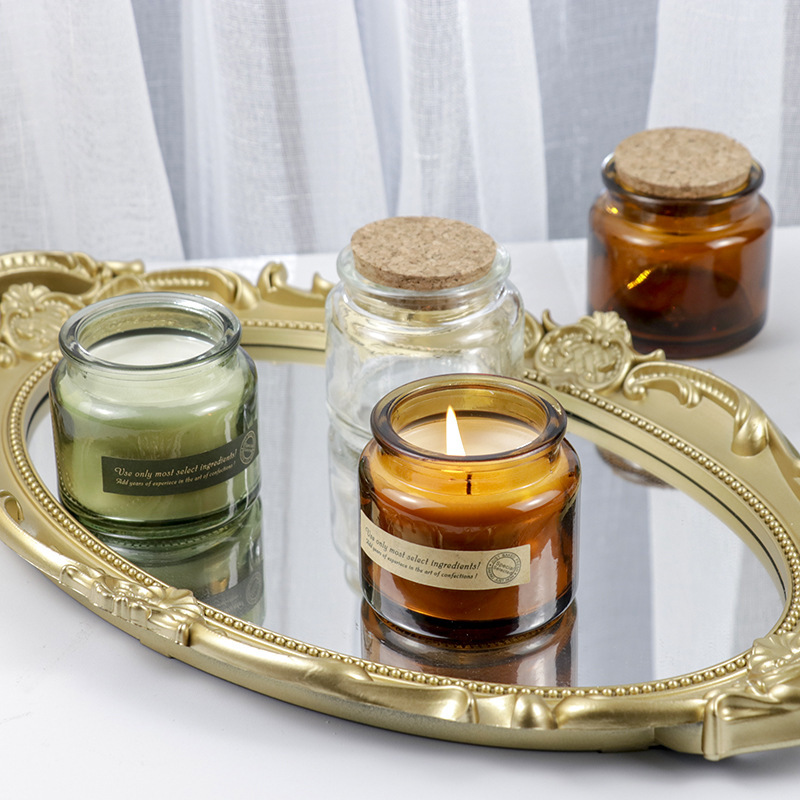
I’ve spent years in the glass packaging industry, and I’ve seen firsthand what goes into quality candle production. Let me take you behind the scenes of what you’re really paying for when you splurge on that Yankee Candle – and whether it’s actually worth it.
Are Yankee Candles worth the money?
We’ve all felt that moment of hesitation before spending $30 on a candle. Is the experience really that different from a $10 alternative? The price difference is substantial, but the quality gap might be even bigger.
Yankee Candles are worth the money if you value longer burn times, consistent quality, and stronger fragrance. Their large jar candles provide up to 150 hours of burn time, making the cost per hour around 20 cents. The scent throw is also more powerful and consistent than most cheaper alternatives.
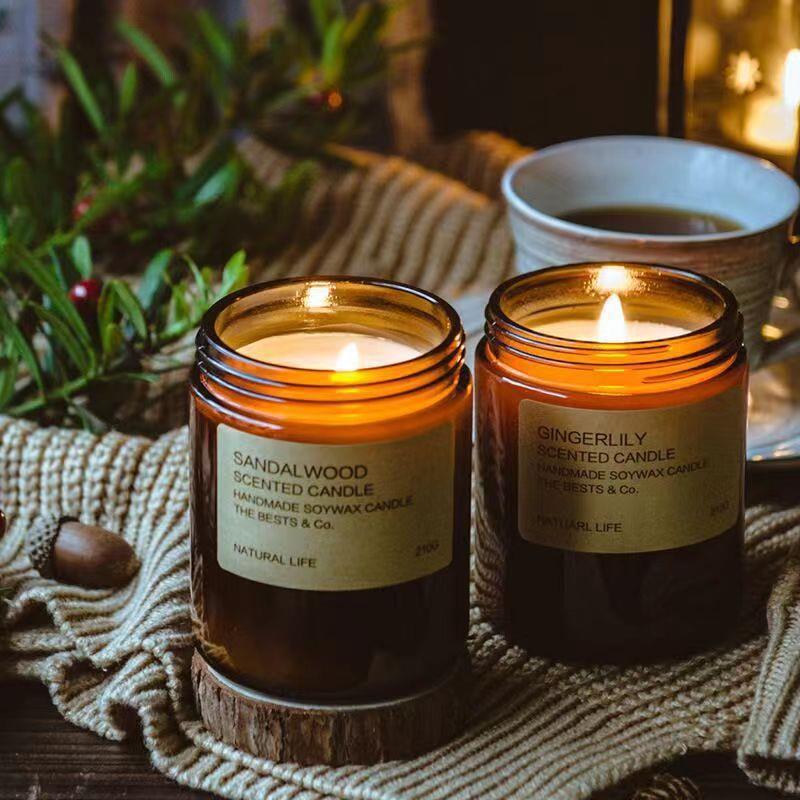
I’ve worked with countless candle manufacturers over the years at Crystal, and I’ve seen the dramatic differences in production quality. Let me share what I’ve learned about why some candles perform better than others.
When you light a Yankee Candle, you’re experiencing the result of precise engineering and quality materials. The glass jar plays a crucial role that many people overlook.
The Glass Factor
The consistent diameter of a glass jar allows for predictable heat distribution. Unlike tin or other materials that can unevenly conduct heat, leading to tunneling or wasted wax on the sides, glass provides a more even environment. This translates to a more complete wax melt pool, releasing more fragrance and ensuring the candle burns cleanly and efficiently.
I’ve seen this in our own production facility. When brands choose inconsistent or poor-quality containers, the candle performance suffers dramatically. The jars we produce at Crystal are designed with specific dimensions and glass thickness to optimize heat distribution.
Cost Breakdown
| Let’s look at what you’re actually paying for: | Component | Percentage of Cost |
|---|---|---|
| Premium wax | 25-30% | |
| Fragrance oil | 30-40% | |
| Glass container | 15-20% | |
| Wick & production | 10-15% | |
| Branding & profit | 10-20% |
The fragrance oils alone in a premium candle can cost 5-10 times more than those in budget alternatives. High-quality oils hold their scent longer and disperse more evenly through your space.
When you calculate the cost per hour of enjoyment, Yankee Candles often work out to about 20¢ per hour for large jars – comparable to many streaming services, and arguably creating a more immersive ambiance.
What is so special about Yankee Candles?
I’ve watched people walk into stores and make a beeline for the Yankee Candle section, ignoring cheaper options. I used to wonder what the big deal was – until I learned what makes them different.
Yankee Candles are special because of their highly concentrated fragrance oils, quality control standards, and proven burn technology. Their double-wick design in larger candles ensures even melting, while their extensive testing process guarantees consistency across batches that cheaper brands often can’t match.
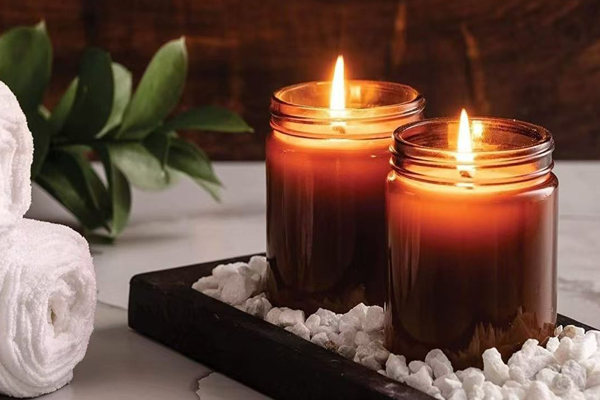
Working in the glass manufacturing industry has given me unique insights into the candle production process. When candle companies approach us for custom jars, I get to see their priorities and production standards up close.
The Science of Scent
Yankee doesn’t just create nice smells – they engineer complete sensory experiences. Their development process for a single fragrance can take months or even years. They layer scent notes like a perfumer, creating complex aromas that evolve as the candle burns.
Take their "Clean Cotton" scent, for example. It’s not just one "clean" smell but a carefully balanced combination of sun-dried cotton notes with hints of green grass, white flowers, and a touch of lemon. This complexity is why you might find yourself unable to put your finger on exactly why you love a particular Yankee scent – it’s working on multiple levels.
Quality Control Obsession
The consistency of Yankee Candles comes from rigorous testing. Every batch is checked for proper wick placement, fragrance concentration, and burn performance. A sample from each production run undergoes a complete burn test before the batch is approved for sale.
Working with glass packaging for various industries, I’ve noticed that the most successful brands are those that maintain strict quality standards. Yankee’s approach reminds me of premium spirits brands we work with – they know that consistency builds customer loyalty.
The Container Advantage
The glass jars that house Yankee Candles aren’t just packaging – they’re engineered components of the product. The straight sides and consistent thickness provide even heat distribution, preventing the "tunneling" effect where wax is left clinging to the sides.
I’ve seen in our factory how precision in glass manufacturing directly impacts candle performance. When we produce jars for premium candle brands, the specifications are incredibly strict – sometimes down to fractions of a millimeter in wall thickness.
Why don’t Yankee Candles smell good anymore?
You’re not alone if you’ve noticed a change. I’ve heard this complaint from friends and seen it in online reviews. The shift has been subtle but noticeable to longtime fans.
Some Yankee Candles may seem less fragrant due to formula changes implemented to meet stricter environmental regulations. Around 2016, Yankee’s parent company Newell Brands adjusted some scent formulations, reducing certain ingredients. Additionally, "nose blindness" can occur when we become accustomed to familiar scents.
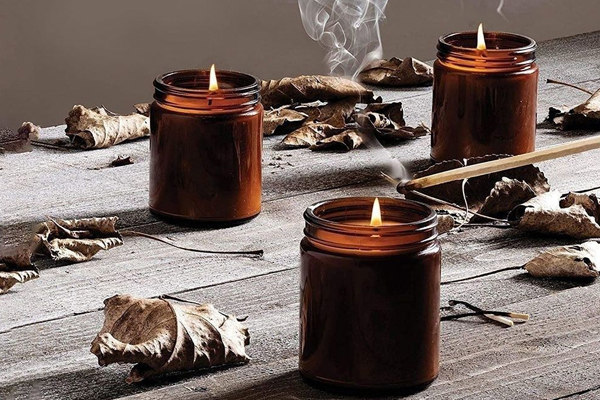
This issue fascinates me because it highlights how complex fragrance perception really is. Let me explain what might be happening based on what I’ve learned from working with fragrance companies.
Regulatory Changes
The fragrance industry has faced tightening regulations on certain ingredients over the past decade. Compounds that were once common in candle fragrances have been restricted or banned in many markets. When a company like Yankee operates globally, they often reformulate all products to meet the strictest standards they face in any market.
I’ve seen this same pattern with cosmetics brands we supply packaging for. When EU regulations change, the formulas change worldwide for efficiency in production.
Production Scale Challenges
As Yankee has grown, their production methods have necessarily evolved. Making millions of candles consistently is different from making thousands. Sometimes, scaling up production means making compromises.
In our glass factory, we face similar challenges. The techniques that work perfectly for small batches sometimes don’t translate to full-scale production. Companies must adapt their formulas accordingly.
Perception Factors
Sometimes the issue isn’t the candle but our perception. "Nose blindness" is real – our brains literally filter out familiar smells. If you’ve used the same Yankee scent for years, you might be less sensitive to it now.
Environmental factors also play a role. Modern homes are often more sealed and better insulated than older homes. This can actually reduce air circulation and affect how fragrance disperses through a space.
The Comparison Effect
Today’s market has exploded with ultra-strong fragrance options. Bath & Body Works, for instance, uses higher fragrance concentrations in some of their candles. If you’ve tried these newer competitors, Yankee’s more balanced approach might seem subtle by comparison.
What are the weaknesses of Yankee Candles?
Despite their popularity, Yankee Candles aren’t perfect. I’ve experienced some of these issues myself, and heard plenty of feedback from others who have too.
Yankee Candles’ main weaknesses include their premium pricing, occasional tunneling issues if not burned properly, and relatively limited selection of contemporary scents compared to newer competitors. Some customers also report inconsistent fragrance strength between different scent varieties and batch variations.
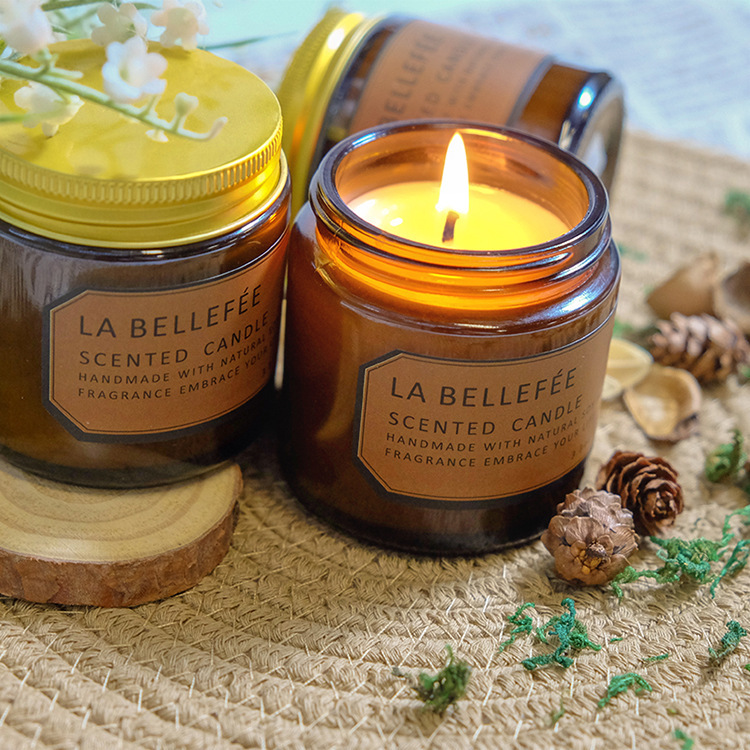
I’ve worked with glass containers for over a decade, and I’ve learned that even the best products have their limitations. Let me share what I know about where Yankee Candles fall short.
Price-Performance Ratio
The obvious weakness is price. At $30+ for a large jar, Yankee Candles represent a significant investment compared to competitors offering large candles for $15-25. While the quality is generally there, the question becomes whether the quality difference justifies the price gap.
In my experience, the gap has narrowed in recent years. Some mid-priced competitors have improved their formulations significantly while keeping prices lower than Yankee.
Burning Technique Requirements
Yankee Candles can be somewhat finicky about how they’re burned. The first burn is particularly important – you need to let the wax pool extend all the way to the edges of the jar, which can take 3-4 hours. Skip this step, and you might face tunneling issues throughout the candle’s life.
I’ve noticed that brands using our custom jar designs are increasingly focused on creating "foolproof" burning experiences that are more forgiving of different usage patterns. Yankee has been slower to adapt in this area.
Conservative Fragrance Portfolio
While Yankee’s classic scents have devoted followers, their scent portfolio tends to evolve slowly. Younger brands often introduce trendier, more experimental fragrances more quickly. If you’re looking for unusual or cutting-edge scents, Yankee’s offerings might feel somewhat conservative.
From my perspective working with various brands, I’ve noticed that companies with Yankee’s longevity often struggle to balance pleasing their traditional customer base while attracting new, younger consumers with different preferences.
Packaging Innovation
Yankee’s iconic jar design has remained largely unchanged for decades. While this creates brand recognition, it can also make the product feel dated compared to competitors with more modern aesthetic sensibilities.
Working in glass manufacturing, I’ve seen how packaging design trends have evolved rapidly in recent years. Many consumers now expect packaging that doubles as home decor, and Yankee’s traditional look doesn’t always satisfy this desire.
Conclusion
Yankee Candles’ higher prices reflect their quality ingredients, consistent performance, and brand reputation – you’re paying for reliable fragrance and burn experience. While they have weaknesses in pricing and innovation, their strengths in quality control and fragrance development continue to make them a solid choice for many candle enthusiasts. I’ve worked with countless candle manufacturers over the years at Crystal, and I’ve seen the dramatic differences in production quality. Let me share what I’ve learned about why some candles perform better than others.
When you light a Yankee Candle, you’re experiencing the result of precise engineering and quality materials. The glass jar plays a crucial role that many people overlook.




